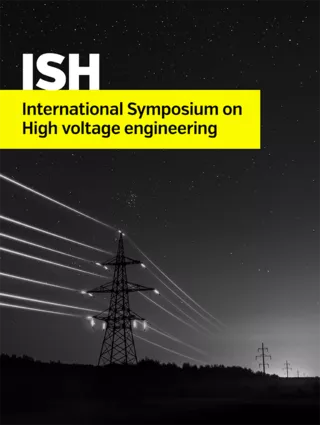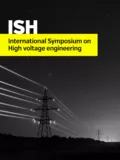Summary
In the modern world the transmission and distribution of electrical energy still relies heavily on overhead power lines. However, in recent years overhead lines are more and more perceived as nuisances. Transmission system operators frequently experience strong rejection towards planned overhead line projects from society. Nonetheless, a continuous expansion of overhead line transmission capacity is essential for maintaining a reliable energy supply system. It is therefore necessary to undertake every effort to improve the popularity of overhead lines. One of the aspects that annoy people most about overhead lines is audible noise emitted from the line during foul weather. This phenomenon is caused by water droplets adhering to the conductor ropes which amplify the conductors’ surface gradient and therefore cause corona effects which can be heard over a long distance. Mitigation concepts therefore either strive to alleviate the formation of water droplets or to lower the surface gradient. In the first part of this paper the influence of the bundle spacing (distance between sub-conductors) on the conductor surface gradients is investigated with FEM electric field simulations. This is done for several bundle configurations and varying conductor diameters. Thereby it is possible to determine the optimal bundle spacing for minimizing the surface gradient (and thus overall corona activity) of various conductor bundles. However, changing the bundle spacing has a relevant impact on a transmission line’s capacitance as well as inductance. Since both of these parameters influence an overhead line’s fundamental behaviour their dependence on the bundle spacing is analysed and discussed as well. In the second part of the paper audible noise measurements, which were made to verify the findings gathered during the simulation and calculation phase, are presented. In order to ensure constant test conditions throughout all experiments, a corona cage with integrated rainfall simulator was used. Bearing a possible transition to HVDC in mind, all measurements were carried out under AC as well as DC stress.
Additional informations
| Publication type | ISH Collection |
|---|---|
| Reference | ISH2017_536 |
| Publication year | |
| Publisher | ISH |
| File size | 955 KB |
| Pages number | 6 |
| Price for non member | Free |
| Price for member | Free |
Authors
U. SCHICHLER




